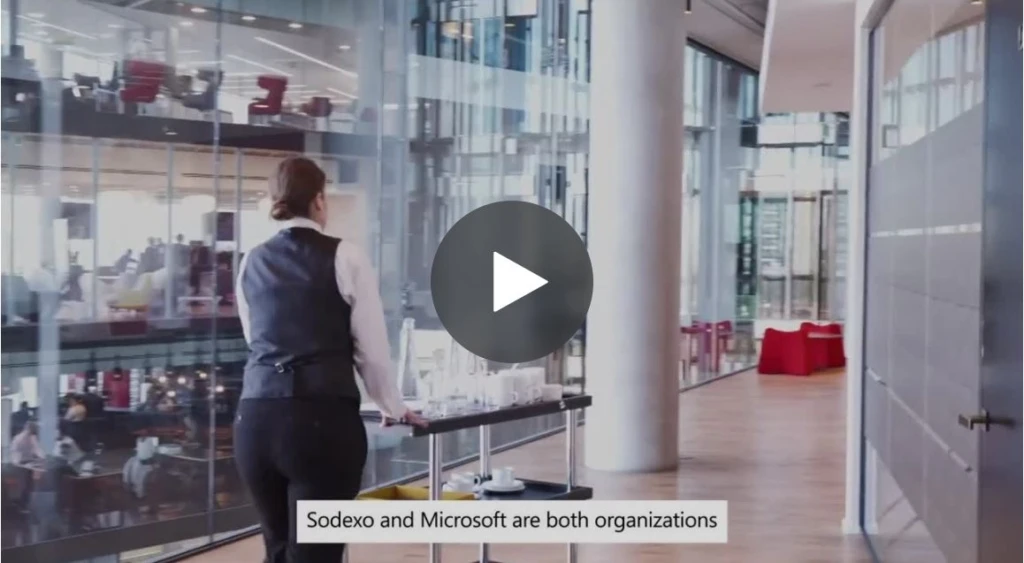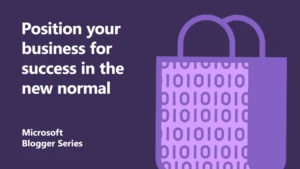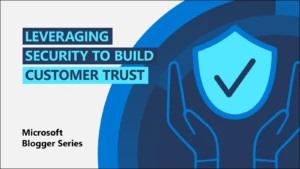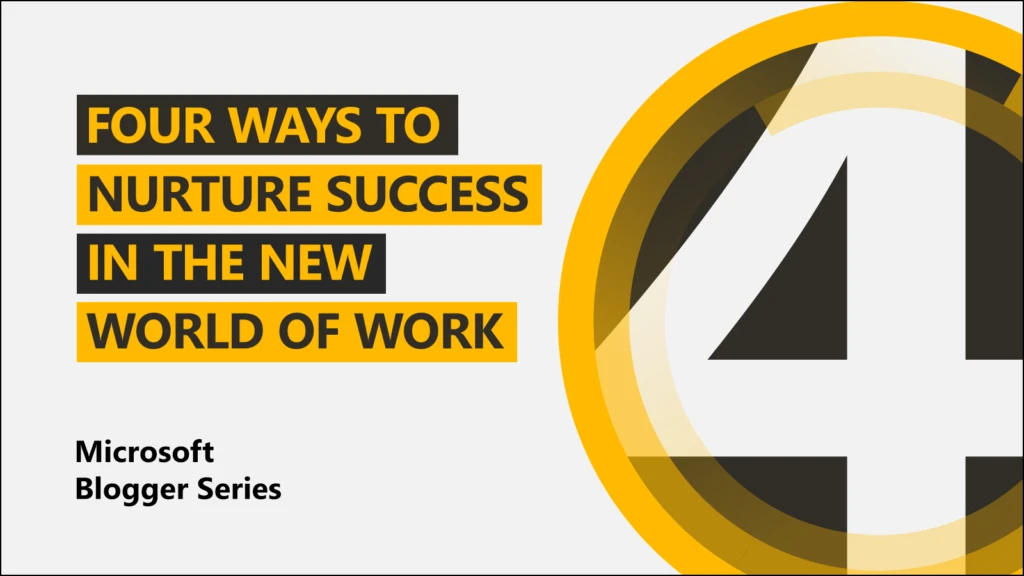
Four ways to nurture success in the new world of work
People are the beating heart of our organisations. Despite all the changes to work practices endured by so many this year, millions continued to do their jobs seamlessly. In many cases, they did it while home-schooling children, keeping their family safe and supporting others in need. It remains a sobering achievement. How have these changes help bring on a new world of work?
This unplanned experiment has accelerated a wider change in the way our people and workplace culture operate. We’re productive in our lives and jobs because we have goals and a shared purpose. Not because we’re in a specific physical location. After all, many productive workers couldn’t or didn’t even visit their usual workplace in the first half of the year.
This ‘hybrid’ work culture – with people working in flexible ways is likely here to stay. For example, a recent CIPD survey found UK employers expect home-working to double in the new world of work.
Employees want to work for organisations that value them, share similar values and have a mission they can support. Even back in 2019, a Glassdoor survey found that over half (56 percent) of adults place culture above salary when it comes to job satisfaction.
Reflecting on these and other attitude shifts, I’m excited to discern a new kind of workplace emerging. Our new culture explicitly puts people first, empowering them to innovate wherever and however they work best. It ensures they have the right skills and support, including suitable tech solutions. It promotes their wellbeing, with diversity and inclusion being the norm.
Organisations that embrace this culture will be more able to adapt, innovate and progress. So, as our unsettled year continues to unfold, I want to explore some ways in which we, as leaders, can help create opportunity during change.
Empowering employees to work from anywhere
While the physical office will continue to exist, our research across six countries indicates that both managers and employees agree working from home should be a long-term option. But how should we set up the office environment so digital and physical can come together, making it seamless – and secure – for all?
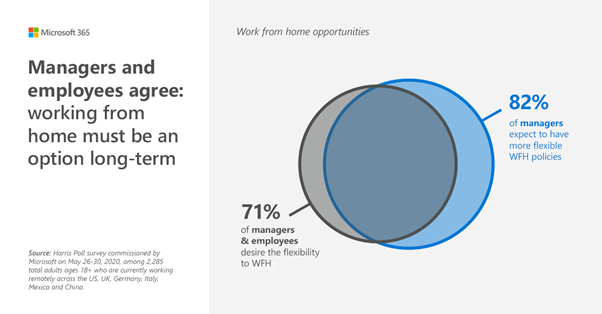
The right technology platform will support and help foster a strong culture, not just remote communication. For example, many organisations have given their people Microsoft Teams. This acts as a single tool to chat, call, meet, and work together effectively. All employees benefit from having the same secure, device-neutral access to information they need, when they need it. They can access this whether they’re in the office or working remotely. Windows Virtual Desktop then enables you to deliver desktops and applications to end users. It also saves costs, streamlines image management, and enables secure remote work. And what happens when it is used on devices like Surface that empower employees to work in their best way? It blurs the lines between the local desktop experience and the virtual desktop. Touch, pen, ink, and biometric authentication can span both physical and virtual environments. Plus, with built-in, proactive security from chip to cloud, you can have peace of mind wherever your employees are working.
As I’ve suggested, when given the right tools, people are empowered to bring ideas and innovation to the workplace. Technology enables them to be more productive and collaborative. It’s possible to ease the strain of back-end admin. For example, try streamlining business processes and workflows with automation and AI. Your employees can then focus on what matters – creating personal customer experiences, improving solutions or contributing innovative ideas. In fact, a Forrester study found 86 percent agree Microsoft 365-powered Surface devices have helped their employees become more collaborative, and improved employee satisfaction.
Driving an inclusive culture in the new world of work
For me, a people-first culture is one that empowers people to come as they are. To serve our community well, we can start by reflecting and supporting it. This means giving all our employees, in all their diversity, access to the skills and technology they need to succeed.
It’s an ethical priority that has many repercussions for the new world of work. For example, Sodexo found that when they gave employees devices such as the Surface, together with apps and tools that are built accessible-by-design, they not only empowered their current employees, but also widened their talent pool and the diversity of employee contributions.
Delivering better employee experiences
When we give our employees the right tools and information, we can help them work better and also promote their wellbeing. Use devices that are designed for the modern, hybrid workplace such as Surface devices. These are built with security and accessibility in mind, giving people the freedom to work in their best way. Cumbria, Northumberland, Tyne and Wear NHS Foundation Trust found that when they implemented Surface devices with Microsoft 365, communication between employees improved, leading to better patient experiences.
AI and machine learning can help take control of mundane or repetitive processes. This means your workforce can focus on more critical tasks. I’ve seen first-hand how this can take pressure off employees. At Battersea, they use AI to match rescue pets to people, reducing pets’ stay in shelters – a win-win, including for the animal-loving staff. Dr. Martens uses business automation in Dynamics 365 to provide real-time stock visibility to ensure the right stock goes to the right store. That’s great news for the stores – and it also removes an entire workstream of manual checking tasks from employees.
Within our organisations, workplace analytics can also help nurture employee satisfaction. Today’s tools can identify skills and behaviours that will help employees meet personal or organisational goals. They can even offer data-based insights into an individual employee’s work-life balance, with personalised tips for healthy adjustments. This is even more important in the new world of work where the line between work and home life is increasingly blurred.
Cultivating success with skills in the new world of work
Many of us are all too aware of the skills gap – a particular problem in the tech sector. A 2020 McKinsey survey found that 87 percent of business leaders say they’re either experiencing talent gaps now or expect them within a few years.
Organisations with a people-first culture will aim to support all employees with the skills and confidence they need to be successful. We’re committed to this vision ourselves, and we also want to help organisations and individuals succeed in the new world of work. That’s why we invest in practical resources that can help close the skills gaps. In the new world of work, this means focussing on digital and soft skills. Over the next five years, the global workforce can absorb around 149 million new tech jobs. These includes roles in fields like software development, data analysis, cybersecurity, and more.
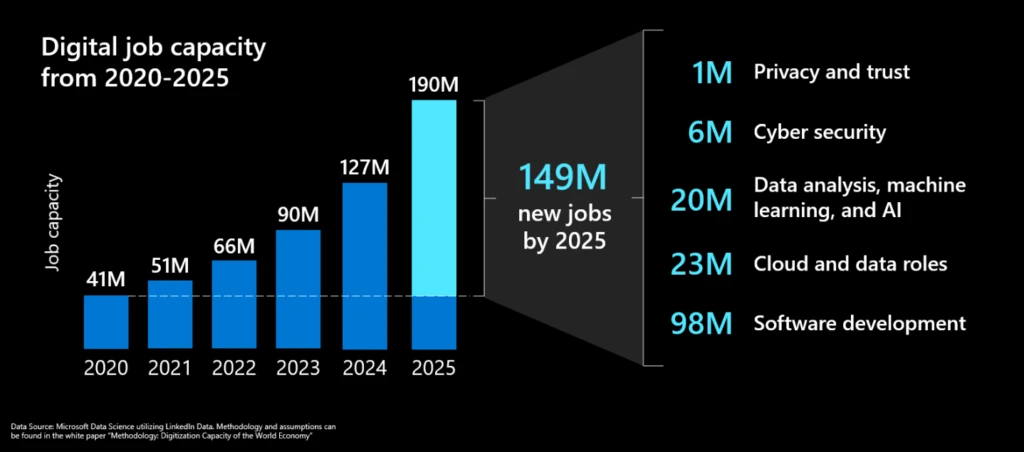
To give just a few examples, Microsoft Learn lets you customise your own learning path, building in the knowledge required for these upcoming roles to help employees gain new skills or refresh their current ones. We’ve connected with LinkedIn and Github to help build a range of learning paths that will help employees build vital digital and soft skills to prepare them for the future of work.
The new world of work: Empowering employees
To sum up, we’ve found that when employees are engaged, properly supported and feel they make a difference, they can do their best, most innovative work, no matter where they are. As we reimagine the workplace in the midst of our troubled year, the opportunities for people-first organisations look bright.
Find out more
Discover more about the new world of work
Join the conversation at Envision
Digital technology is changing not just how organisations operate but how leaders lead. Join us at Envision, where executives across industries come together to discuss the challenges and opportunities in this era of digital disruption. You’ll hear diverse perspectives from a worldwide audience and gain fresh insights you can apply immediately in your organisation.
Connect with leaders across industries to get relevant insights on leadership in the digital era.
About the author

Howard leads the Surface business group for Microsoft UK and is impassioned about enabling productivity for all, through devices that have been intentionally designed for the future of work. With over 15 years of experience in the Software and hardware industry, Howard has held a number of leadership roles in Partner, Marketing & Post sales within Microsoft. On a personal note; Howard holds a B.A. Hons from Oxford Brookes University, as well as diplomas from London Business School, Kellogg School of Management & INSEAD Business School in Paris.

